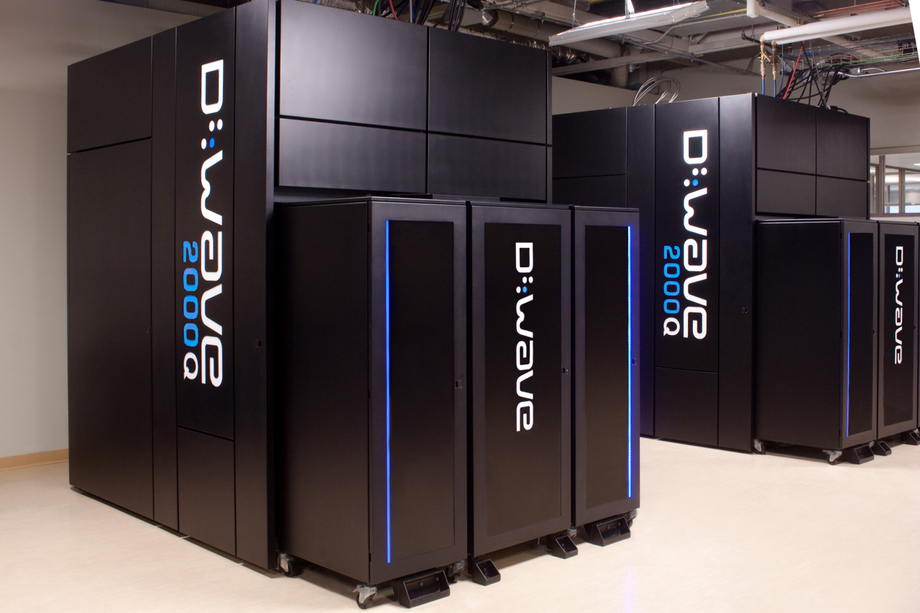D-Wave 2000Q Now 150X Faster For Some Types Of Problems
D-Wave, the Canadian quantum computing company, announced that its latest quantum annealing computer, the D-Wave 2000Q, has gotten a significant boost in speed for some types of problems that can be solved via “reverse annealing.” The system has also gotten support for “virtual graphs,” which should boost the performance of machine learning algorithms.
Reverse Annealing
D-Wave’s quantum annealing computer should be most efficient at solving “optimization problems,” such as the traveling salesman problem, where the salesman wants to know what would be the most shortest path to take to visit all of his prospects. Volkswagen, for instance, was able to use the D-Wave computer to optimize traffic flow for 10,000 taxis in Beijing.
The reverse annealing process, on the other hand, allows you to solve a set of problems for which you can already guess the outcome or you have a predicted solution from a previous quantum or classical computation. By using reverse annealing, the researchers observed a 150x speedup over the current D-Wave 2000Q system.
Google, which has gotten a D-Wave 2000Q computer for itself, seems to be quite excited about the new feature:
"We are excited about the availability of reverse annealing in the D-Wave 2000Q system. We developed a new algorithm for quantum enhanced optimization, called quantum assisted parallel tempering, which depends on the ability to start the system in a classical state and then to increase the quantum fluctuations," said Hartmut Neven, Director of Engineering at Google, where he leads the Quantum Artificial Intelligence Laboratory.
Virtual Graphs
Many machine learning algorithms are described as graph problems. According to D-Wave, graphical models are used to analyze the flow of traffic between cities or the transmission of information between “neurons” in an artificial neural network.
The virtual graph feature that is now supported by the 2000Q system improves accuracy by allowing control over the groups of qubits to model a node or a link in a complex graph. The company said that this feature has led to a 5x increase in the success rate for solving common hard optimization problems and machine learning models.
Get Tom's Hardware's best news and in-depth reviews, straight to your inbox.
The availability of the virtual graph feature means that the growing number of tools that now support the D-Wave Quantum Processing Unit (QPU) have also gotten more useful for developers because they can solve more complex problems with up to 5x the performance.
Lucian Armasu is a Contributing Writer for Tom's Hardware US. He covers software news and the issues surrounding privacy and security.
-
AgentLozen How do you measure quantum performance? In the case of super computers, it's typically FLOPS. Does that still apply with a quantum processor?Reply -
bit_user Reply
Number of qubits seems the first-order metric. Other than that, it's a matter of relative speed at solving certain problems - sort of like benchmarks.20377463 said:How do you measure quantum performance? In the case of super computers, it's typically FLOPS. Does that still apply with a quantum processor?
As the field matures, perhaps there'll be something like SpecQA, for Quantum Annealing. Maybe another SpecMark for general quantum computers.
https://www.spec.org/benchmarks.html
I'd also watch for metrics related to setup/readout time, power & temperature requirements (or just operating costs), and stability/error rate.
I like the mention of using redundancy, in the form of multiple qubits. I was wondering if that could be an approach for reducing the error rate. -
Rob1C Replymost shortest
We do not use more or most together with an -er or -est ending.
Source: Cambridge Dictionary
